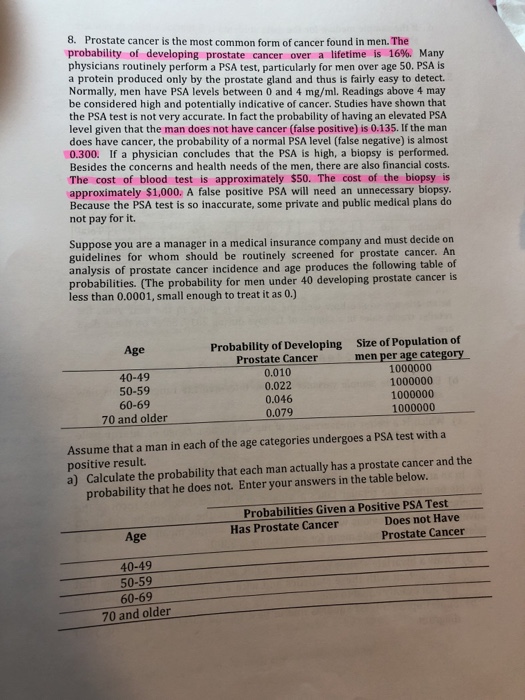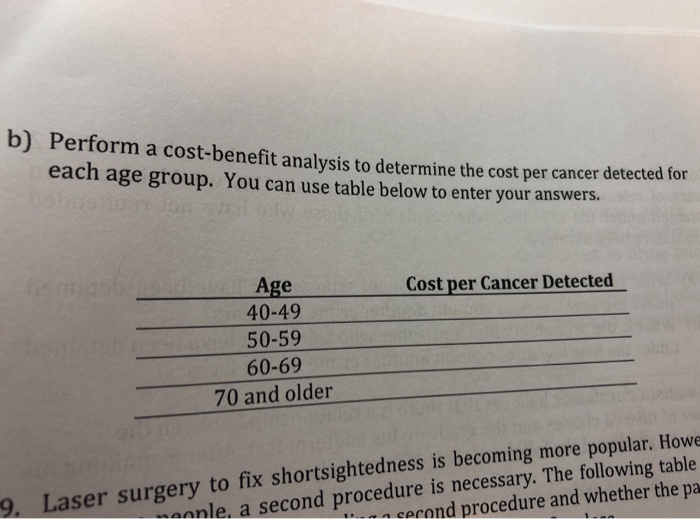Link will be apear in 30 seconds.
Well done! you have successfully gained access to Decrypted Link.
Question:


Answer:
Probability of false positive PSA test = 0.135
No cancer Age 40-49 = 0.135x(1-0.01) = 0.133
50-59 = 0.135x(1-0.022) = 0.132
60-69 = 0.135x(1-0.046) =0.128
70+ = 0.135x(1-0.079) = 0.124
Hence probability of having cancer=
40-49 = 0.867
50-59 = 0.868
60-69 = 0.872
70+ = 0.876